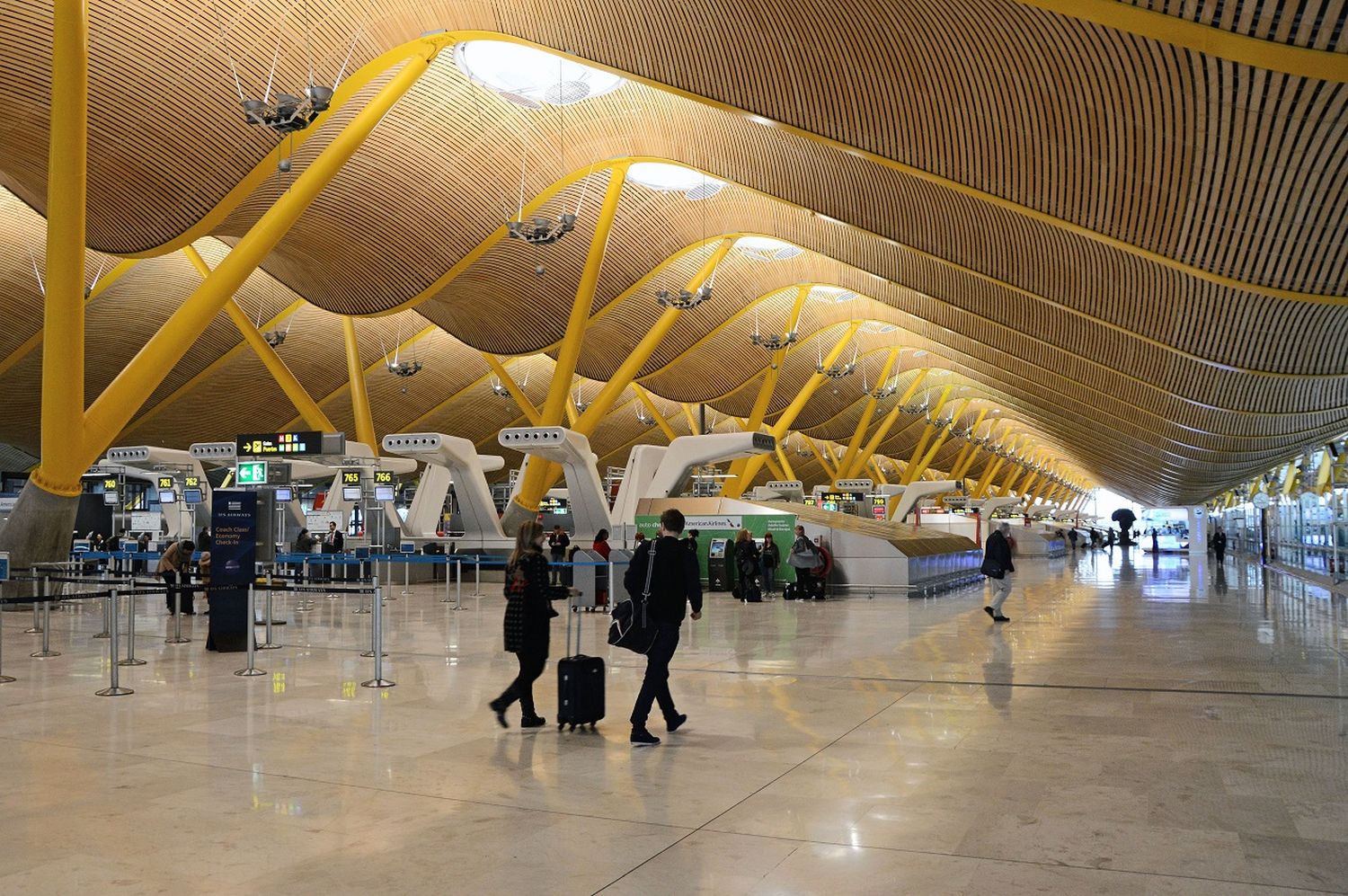With new regulations, EASA aims to reduce environmental impact of flights in Europe
The European Union’s Aviation Safety Agency is defining new regulations on fuel transported during air operations in order to reduce the weight of aircraft and thus lower flight emissions levels.
In this way, the agency will allow airlines to carry less fuel during their flights, although always respecting sufficient quantities to ensure flight safety.
Aircraft must have enough fuel to cope with a change of plans during their operation, which may include delays in the approach to the destination airport or the impossibility of landing due to weather conditions, among others.
In a statement, EASA says that «the amount of additional fuel required can be optimized, while still ensuring high levels of safety, through better risk assessment, data-driven calculations and improved decision making. The regulatory package, consisting of Regulation (EU) 2021/1296 and Decision ED 2022/005/R providing AMCs (acceptable means of compliance) and GM (guidance material), is aligned with ICAO guidance. The principles will also apply to aircraft powered wholly or partly by alternative energy sources, such as electric aircraft.»
Jesper Rasmussen, EASA’s director of flight standards, stated that «this regulatory package is part of EASA’s overall efforts to reduce the impact of aviation on the environment (…) There is no reason to take more fuel reserves into the sky than necessary: raising fuel burns more fuel. More importantly, this can be done without compromising safety: the reduction is possible thanks to better assessment methods and better data that allow airlines to carry out more accurate risk estimation.»
The decision taken by the European Union’s Aviation Safety Agency will come into force from October 30 this year and will introduce three different fuel schemes, one being mandatory and two voluntary.
According to Agency estimates, the implementation of these new regulations could result in savings of around three million tons of CO2, which represents approximately the total emissions of 1% of all flights in Europe.
This could contribute most to long-range flights, where savings could be greatest on the very flights that emit the most. Data published by the European Organization for the Safety of Air Navigation – Eurocontrol – illustrates that 51.9% of European aviation emissions arise from flights of more than 4,000 kilometers, which account for only 6% of the total.
EASA further reported that «the implementation of the new schemes will also require the involvement of national authorities, which will have to adjust their oversight to ensure that safety levels are not compromised».


Comentarios
Para comentar, debés estar registrado
Por favor, iniciá sesión